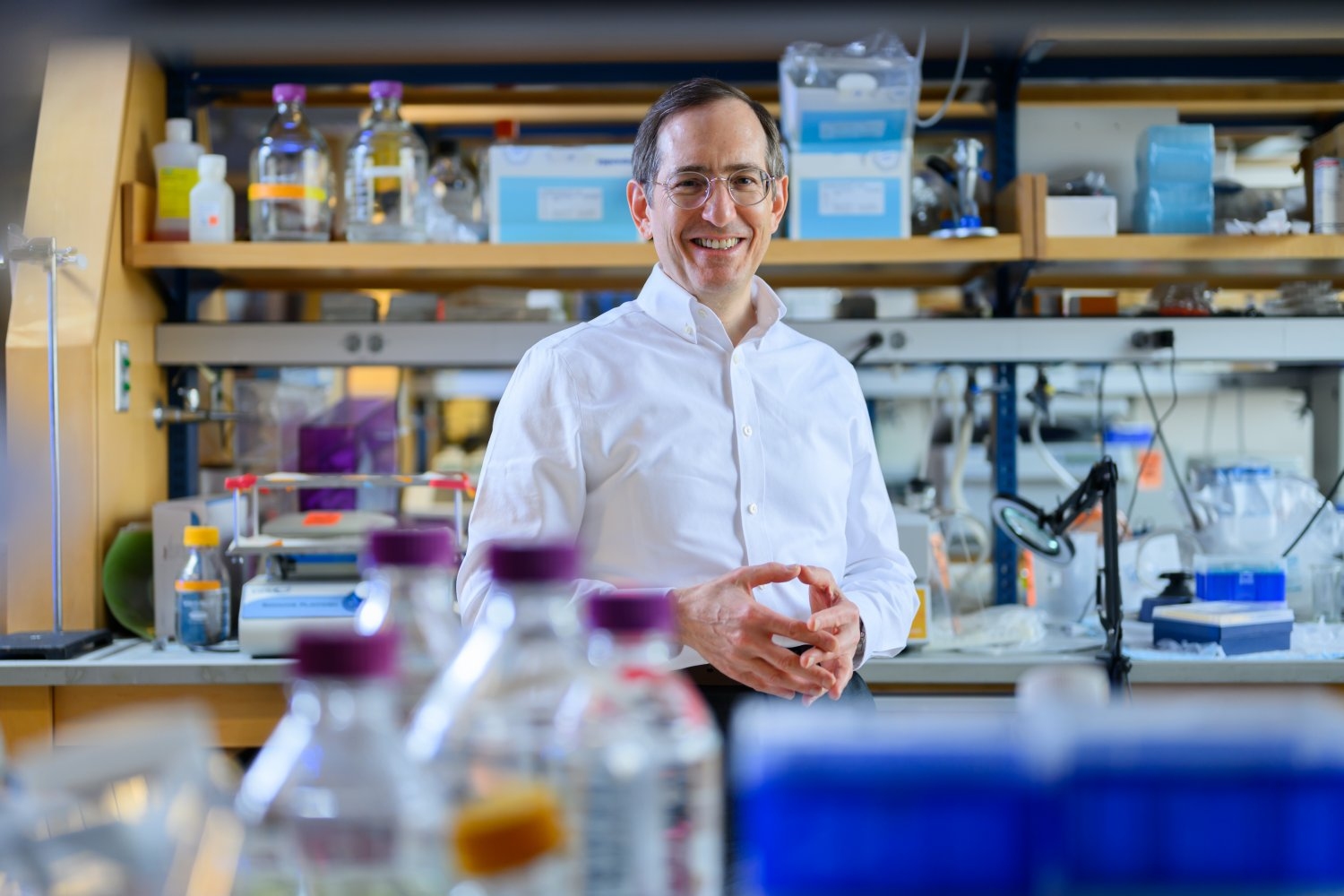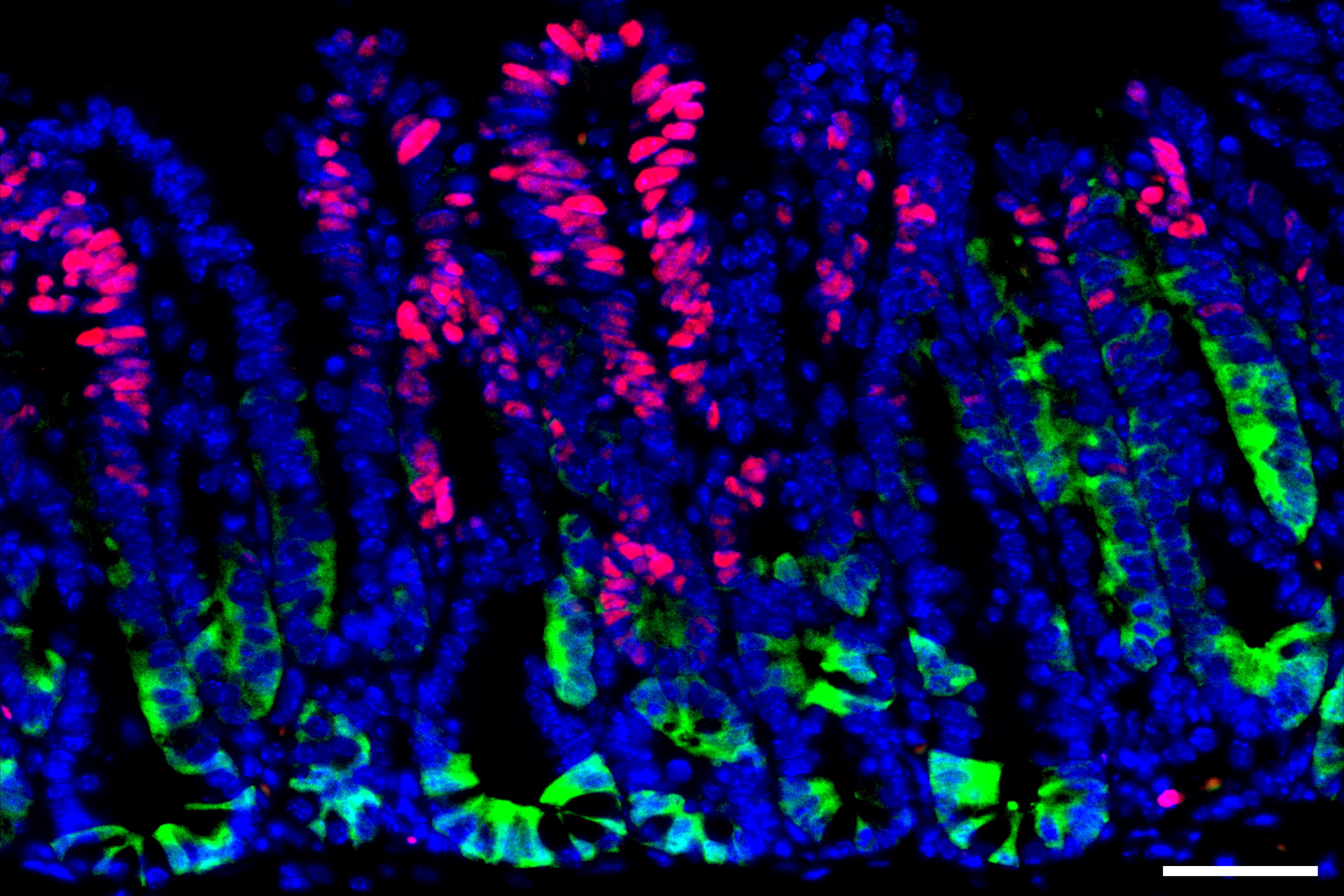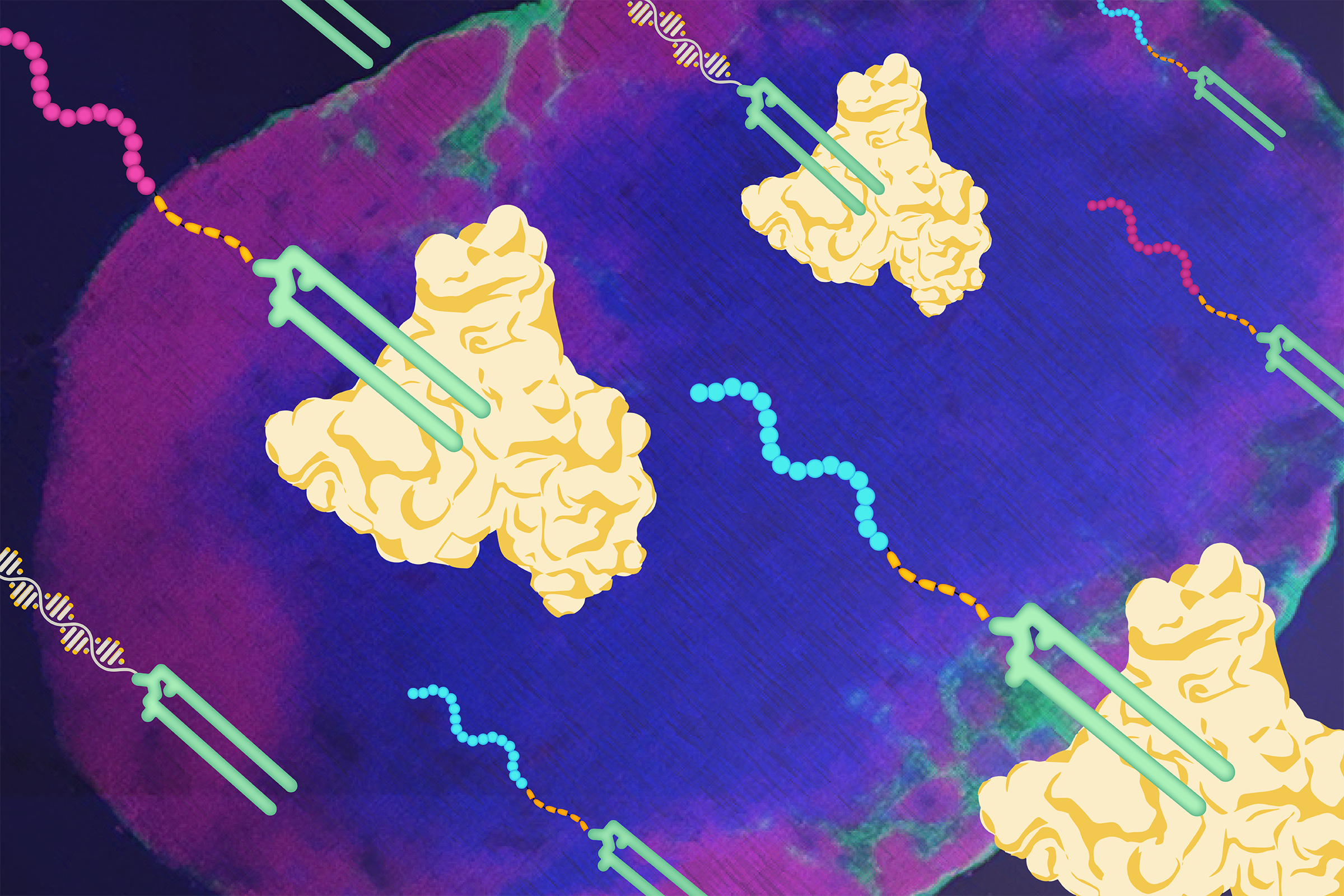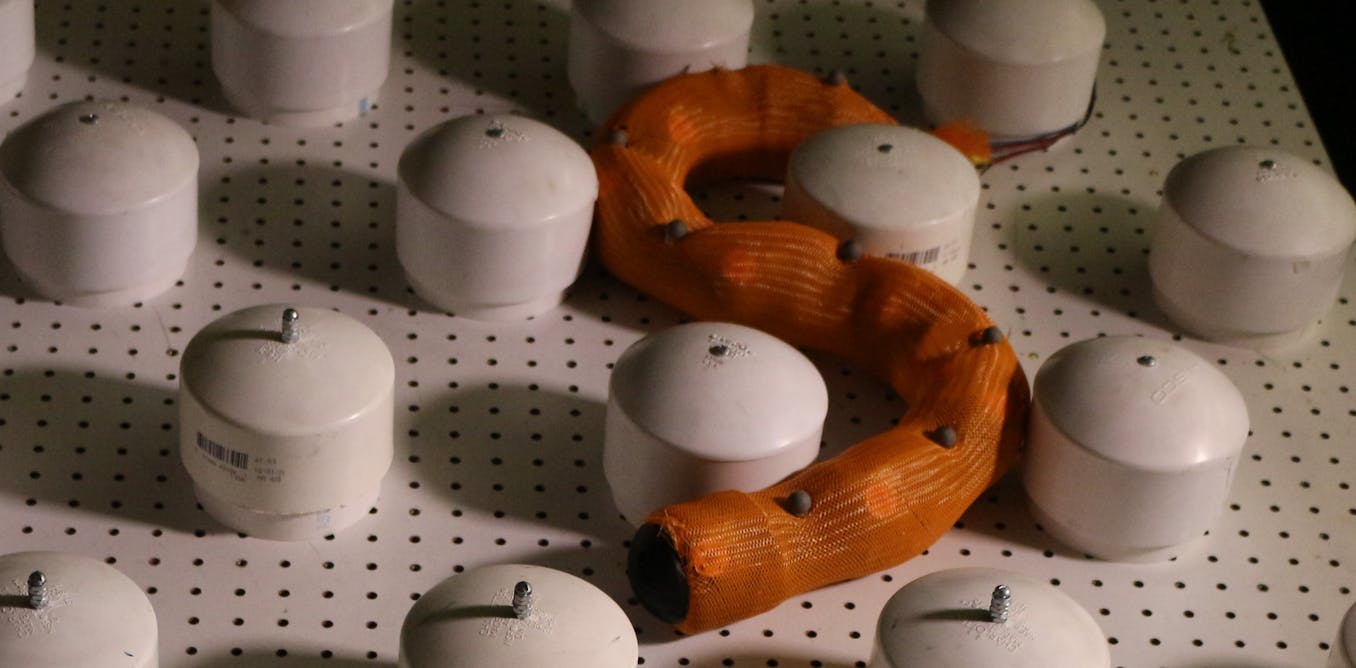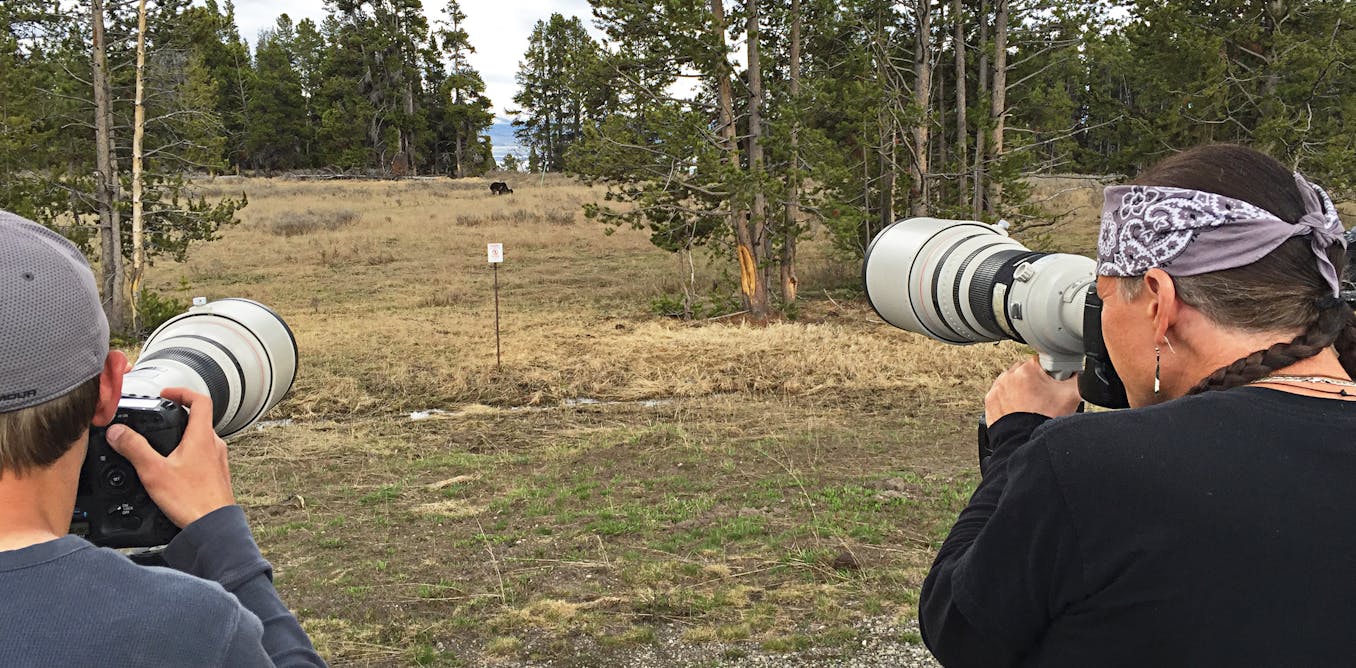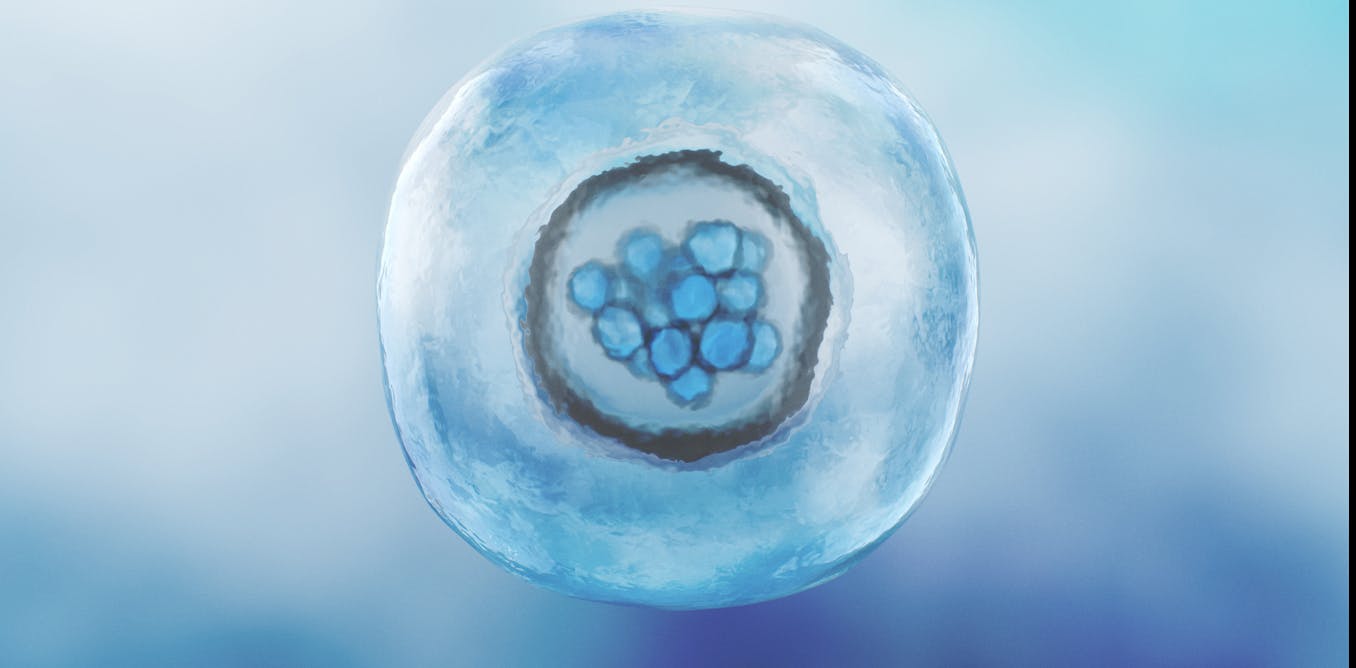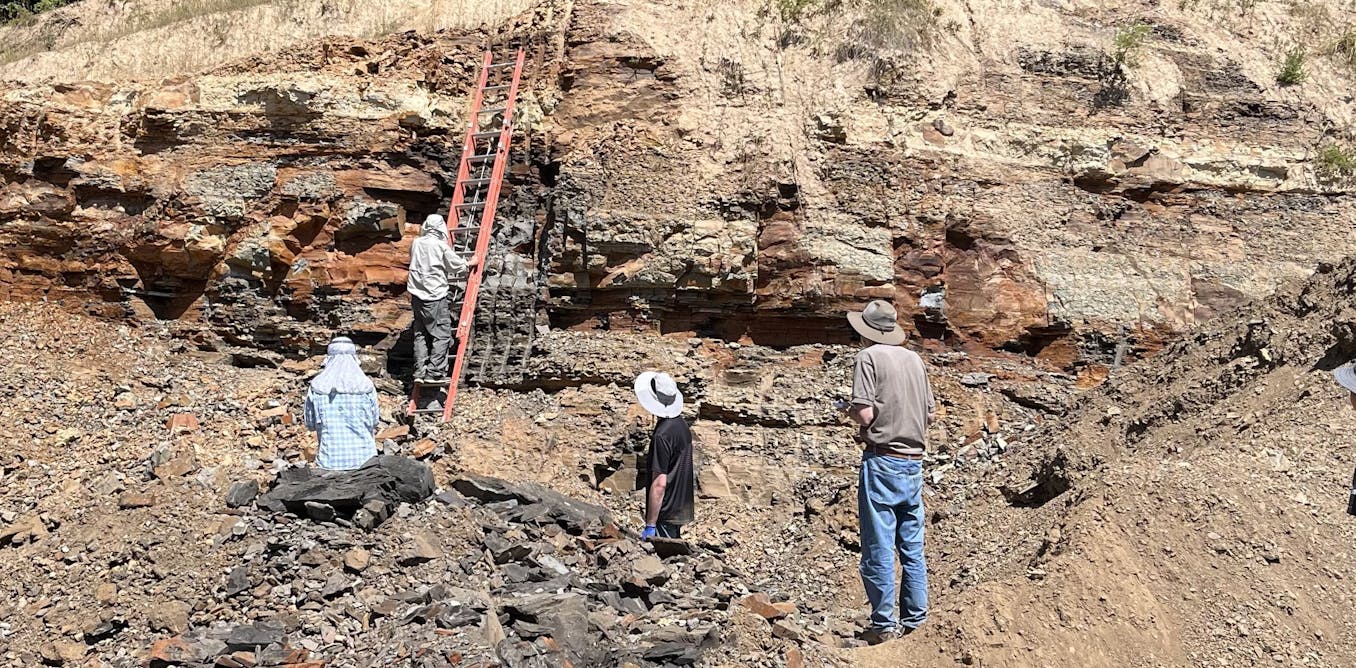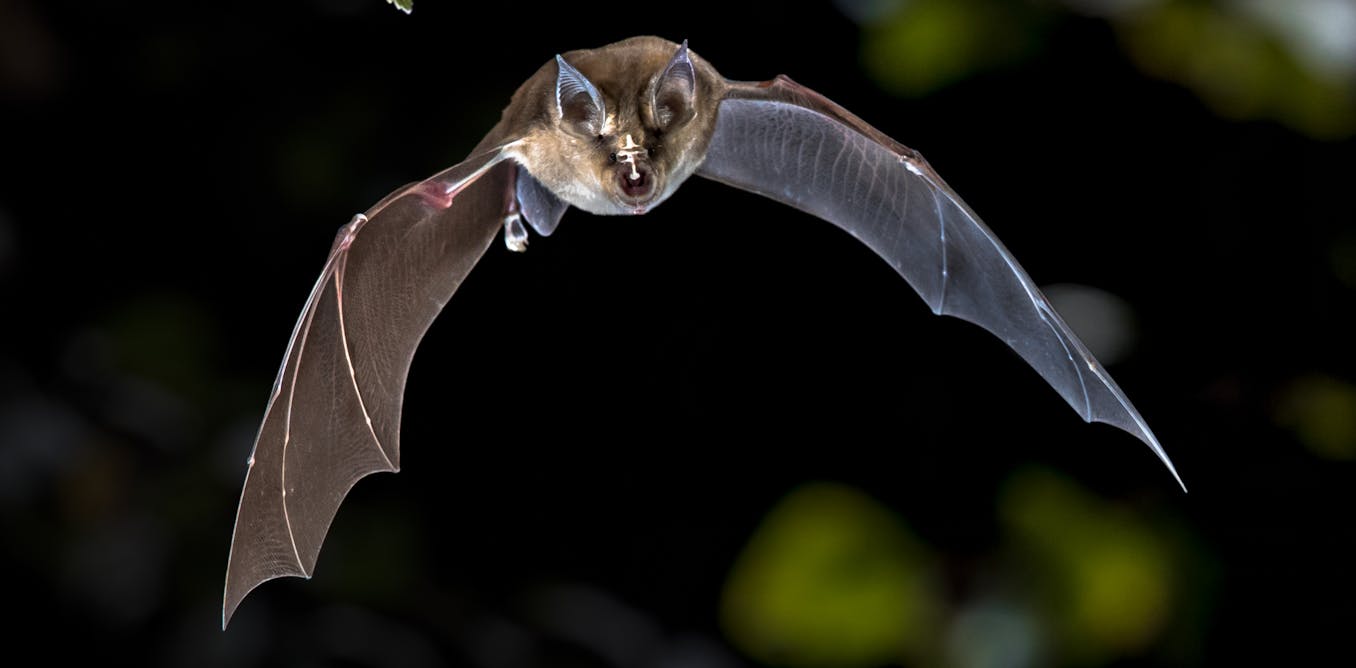Potato plant radiation sensors could one day monitor radiation in areas surrounding power plants
What if plants in the area surrounding a nuclear reactor could act as radiation detectors, with the help of a drone?
Feb. 21, 2024 • ~9 min
Hitchhiking cancer vaccine makes progress in the clinic
MIT spinout Elicio developed a vaccine based on a lymph node-targeting approach first developed at the Koch Institute. Phase 1 solid tumor clinical trial results are promising so far.
Feb. 15, 2024 • ~11 min
We designed wormlike, limbless robots that navigate obstacle courses − they could be used for search and rescue one day
Robots often have a hard time navigating through debris, but robots designed based on worms and snakes could move around obstacles faster, thanks to an idea called mechanical intelligence.
Feb. 14, 2024 • ~8 min
Wildlife selfies harm animals − even when scientists share images with warnings in the captions
The caption may say that only scientists and trained professionals should handle wild animals, but viewers remember the image, not the words.
Feb. 14, 2024 • ~9 min
Sugary handshakes are how cells talk to each other − understanding these name tags can clarify how the immune system works
Sugar molecules called glycans cover the surface of all cells, acting as ID cards that broadcast what they are to the rest of the body.
Feb. 8, 2024 • ~8 min
Synthetic human embryos let researchers study early development while sidestepping ethical and logistical hurdles
Early human development is a complex, multistep process that’s even more complicated to study in the lab. Models made from stem cells avoid some of the trouble with using real human embryos.
Feb. 7, 2024 • ~10 min
Studying lake deposits in Idaho could give scientists insight into ancient traces of life on Mars
While NASA rovers on the surface of Mars look for hints of life, researchers back on Earth are studying ‘echoes of life’ from ancient basins – hoping that the two sites might be similar.
Feb. 5, 2024 • ~7 min
/
138

